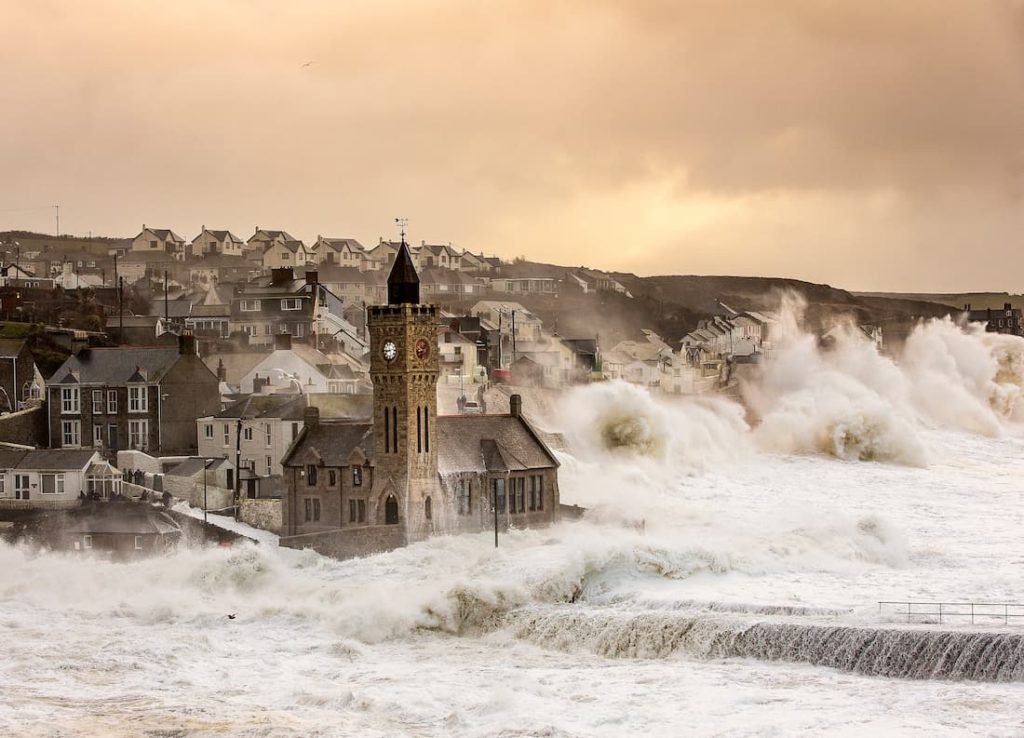
© 2020 Nomadict. All rights reserved.
I’ve been traveling almost since the day I was born. My Canadian father met my Peruvian mother while completing an infrastructure project in Arequipa, Peru, and three years later I came into the world. When I was four months old, we moved back to Canada.
Due to the nature of my father’s job, in addition to Peru and Canada, my family and I lived in Japan, all over the US, South Africa, New Zealand and the UK. We also took advantage of nearby exotic vacation destinations. By the time I was 16, I had lived on every continent except Antarctica. I had been on safari in Africa, deep-sea fishing for marlin in Mauritius, hunting for seashells in Seychelles, swimming with sea turtles in Hawaii and eating delicacies in the markets of Bangkok.
My father always had a camera in hand on these adventures, and after getting my first analog camera at the age of 8, it became such a normal fixture of daily life that I can’t remember a time when I didn’t own one. It wasn’t until my late 30s, however, that events in my life led me to take a real interest in photography. Up to that point it was more of a casual past-time, and my snaps were most frequently of friends, vacations, concerts, and food: the subjects that every-day life is composed of. I set my camera to auto and didn’t pay attention to things like composition and lighting.
I thought I would finally settle into a city that felt like home, and that somehow, I would recognize it when I found it. I was not searching long before I realized that home wasn’t in any single location. It was a feeling, and I could find that feeling anywhere. It was about the people around me and the experiences that made me feel alive and enriched. In retrospect, it was the highlights I was capturing on film. I didn’t want to stay in one place; I was compelled to keep moving.
Whether it was luck or destiny, my profession allowed me to continue the wandering of my childhood. As a management consultant I had the privilege to work with clients all over North America and Europe, and even Central and South America. My job description was 100% travel, and I took anywhere from 2-6 flights per week, selling and delivering multi-million dollar process improvement programs to incredibly large and complex companies. In addition, my husband’s career involved relocations within the United States every two years or so.
After about ten years of this challenging and demanding lifestyle, I started to realize something: I was alive but I had stopped living. Whether at some exotic location for work reasons or vacation, I was there in body but I wasn’t mentally present. The enjoyment I used to feel for new places was dissipating. I began to notice that I didn’t look forward to anything, because the start of something meant the inevitable end and return to the all-consuming stress of my career. I was still taking pictures but there wasn’t anything I really wanted to remember.
Physical changes were happening too. Although air travel was as normal to me as breathing, it was starting to take a toll. Despite being perfectly healthy, I began to feel nauseous on flights and I would struggle to sleep in the constantly changing hotel rooms. The rich food from different restaurants every night made me feel unwell. I thought back to a time when my colleagues joked about a scientific study that had been performed to measure the effects of long-distance travel on mice by simulating a change in time zones. The young mice were noticeably impacted but relatively quick to recover, while the old mice simply died. I was starting to feel like an old mouse.
We learned we were relocating to Canada, to a city just hours from where I attended high school, and where most of my relatives live. As my employer didn’t operate out of Canada, I decided to resign and take a sabbatical for the duration of my husband’s multi-year project. My goal was to learn how to live again: enjoy trips to incredible destinations without the distraction of returning to work, connect with my home country and relatives I hadn’t seen for years, focus on my health, and decide what I wanted to do with the rest of my life. As Gabrielle Korn writes in her memoir Everybody Else is Perfect, “the first step was returning to my own body. The second was remembering what it felt like to have ownership of my time. The third was deciding what to do with it”.
While I was absolutely thrilled for the break and to be back in Canada, what happened next was unexpected – for the first time in my life I started to feel lost. The main question I struggled with was “who am I now?”. My worth had always been (self) measured by my career achievements, and without those I no longer knew how to define myself. Even worse, after years of conditioning I was still constantly operating at an elevated level of pressure, but now with no outlet. Despite being able to sleep in, relax in the yard, cook fancy meals at home and pursue the hobbies I never had time to do, I couldn’t figure out how to unravel myself from this state of being. I needed inspiration and purpose. I needed passion. Ultimately it would be rediscovering photography that would give me this.
As well as taking a break from my career, it was a combination of things that led to photography becoming a passion instead of a past-time: being back in my home province of Alberta, Canada, where, as a young person desensitized from world travels, I had never learned to appreciate the local stunning beauty, and second, the onset of the pandemic. Suddenly, travel was no longer an option and instead of looking for inspiration in far-away places, I was forced to open my eyes and finally see the splendour of home.
It was after the first lockdown of the pandemic, while on a trip to Jasper National Park with my old Nikon D5100 (still on auto setting!) that I realized, while looking through the viewfinder, that I had been there before, but it was my first time actually seeing it. Better than that, it was my first time feeling it. We were taking advantage of the very limited tourism in the area to pay a visit to Spirit Island, a place of indescribable spiritual significance to the Stoney Nakoda First Nation Indigenous Peoples of Canada. This is one of the most recognized places in Alberta due to the abundance of photographs of it that exist, including some very famous ones. I had of course seen a number of these over the years. As we got nearer to the peninsula, I prepared to take a few routine snaps. But taking out my camera I suddenly felt challenged to capture not the scene but something else – I was finally feeling something again. Maybe it was the historical importance of the spot, or the lack of tourists and the feeling of being alone, or maybe it was finally just time, but I was present, and I had the genuine excitement of a child.
Now, when I take a photo, I want to know everything I can about what I am capturing, and how best to capture it, so I can present it in the most meaningful way possible. I am grateful for the abundance of resources that allow me to learn about a location and its history in advance, as well as the many communities of photographers who provide unlimited support and inspiration.
I’ve always had an interest in animals, but photography has pushed me to learn more about them, which in turn has encouraged a calling within me for advocacy, an area I want to explore more in the coming years. Because of how frequently they move around, and how important it is to keep a distance, capturing a wild animal perfectly in focus and at a high resolution brings me an astounding feeling of accomplishment. It requires a great deal of patience, knowledge of your subject, familiarity with your camera settings and the capability of your lenses, and also more than a fair amount of luck. Zooming in on a sharp photo is the nearest I will ever get to seeing these animals up close, being able to interpret the expression in their eyes, and sense the texture of their fur or feathers and the sharpness of their claws or talons.
All my life I have been pretty good at a few things but, outside of my career, not ever great at any one thing. Until I properly picked up a camera there wasn’t anything I was interested in enough to want to achieve greatness. With photography, I have a long way to go to reach that goal, but my interest has never waned. I put in the work because it doesn’t feel like work, and I can tell you, that was a feeling I never thought I would find in life. Learning how to express emotions through the lens of my camera has helped me back to myself, opened my eyes again to the things I had stopped seeing and provided a much needed outlet for emotions I had no other way of expressing.
These days photography is more accessible than ever, and social media platforms have made sharing images one of the primary ways we communicate with each other. Hundreds of billions of photographs are taken each year. The challenge is standing out among the leagues of creative talent out there. And to be perfectly honest, I’m not sure I ever will to any great extent. But there is something better than recognition that photography provides me: catharsis. And if one of my images can bring someone else a moment of catharsis, then I am fulfilled.
Would you like content like this sent to your inbox?
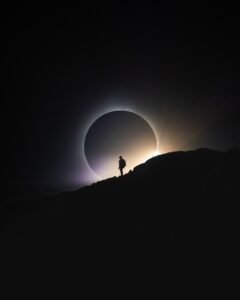
In this article, we delve into the journey of Medhi, exploring his evolution from a young creative mind in Morocco to a seasoned photographer and VFX artist making strides in Canada’s diverse landscapes. From early inspirations drawn from visual arts and travels to the professional challenges and creative triumphs encountered along the way, Medhi shares insights garnered through years of dedication to his craft.
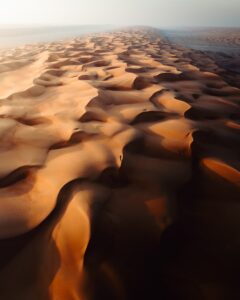
In this article featuring Witold Ziomek, we explore five essential principles for crafting powerful sunset dune photography through editing. Through a practical example, Witold shares his process of editing his award-winning photograph, alongside valuable insights he has gained as a dedicated traveler and photographer.

This article chronicles Mitchell Leong’s journey, who found solace and purpose through his lens. From the rugged expanses of the Canadian Rockies to the ethereal allure of starlit nights, each photograph tells a story of resilience, exploration, and the profound impact of the natural world. Through his lens, he seeks to bridge the gap between science and art, using photography as a tool for conservation and storytelling. Along the way, he shares invaluable lessons learned, from embracing fear to trusting in the power of storytelling.
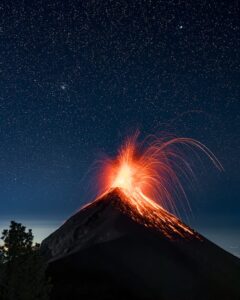
This article follows Phil’s path as a photographer, sparked by his unwavering love for exploration and ignited during post-university travels. Through his lens, we traverse Phil’s transformative journey across captivating landscapes, from the rugged beauty of the Canadian Rockies to the fiery spectacle of Volcán de Fuego in Central America, where he captured the winning shot.
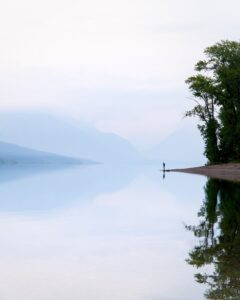
In this article, we delve into the journey of photographer Amirali, whose passion for photography was ignited amidst the challenges of academic life and the chaos of the pandemic. Through his lens, we witness Amirali’s transformative exploration of landscapes, from the serene landscapes of Finland to the mystic scenes of Montana’s nature, where he took a shot that won the Best of the Week.
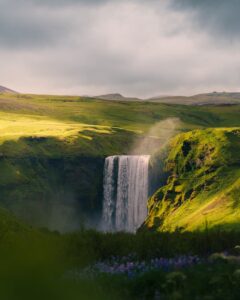
Inspired by a newfound love, Michael transforms the blank pages of his life into a vibrant canvas of nature and exploration. In this article, you can read about the profound lessons learned—from prioritizing living over routine to the art of editing and the magic of impromptu adventures—and witness the evolution of a photographer’s passion amid the breathtaking landscapes of Denmark and Europe.
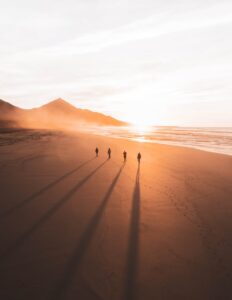
In 2017, Mathieu Morel’s first trip to Iceland marked a turning point in his photography journey. His photograph taken at Cofete Beach in Fuerteventura reflects the lessons he’s learned along the way. Thanks to the support of our community’s votes, he emerged as the winner of our weekly contest.
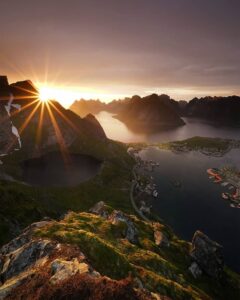
Barbara Thoeny won our weekly contest thanks to a golden hour photo in the beautiful Lofoten Islands. This article teaches us about her winning shot, passion for capturing the northern lights, and most valuable experiences as a solo traveller and photographer.
© 2020 Nomadict. All rights reserved.
